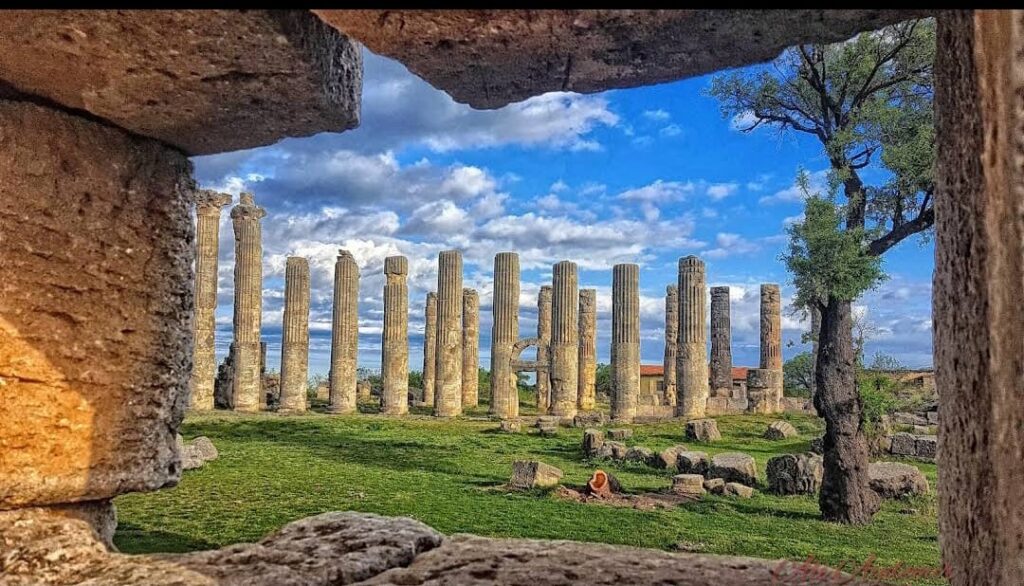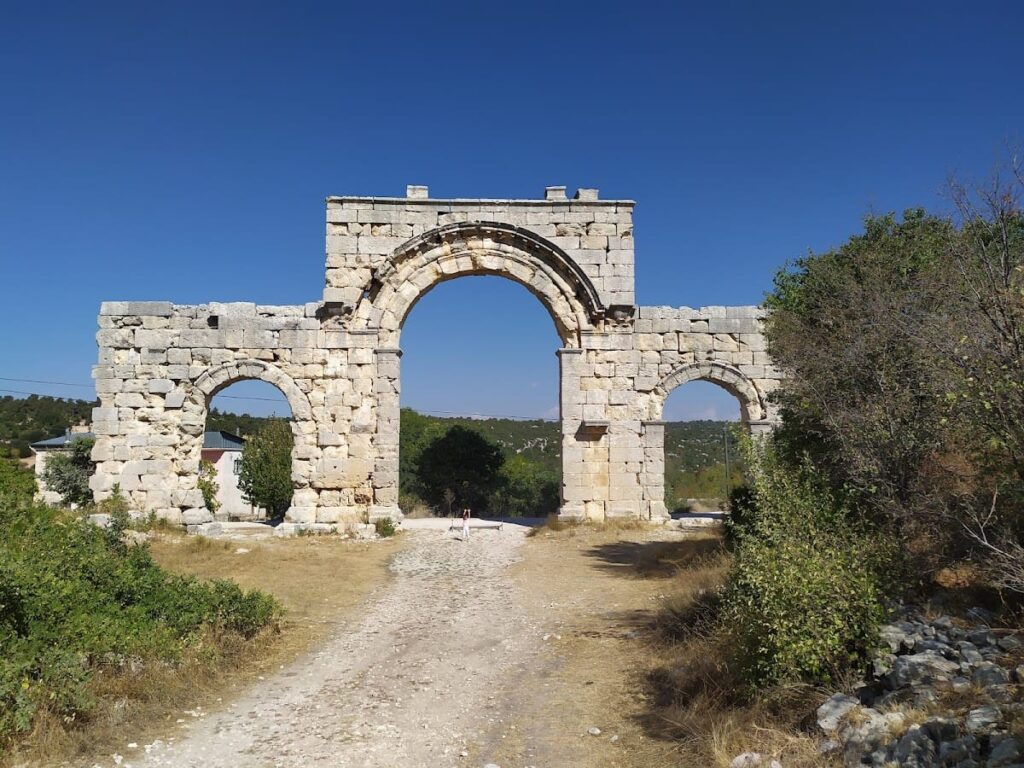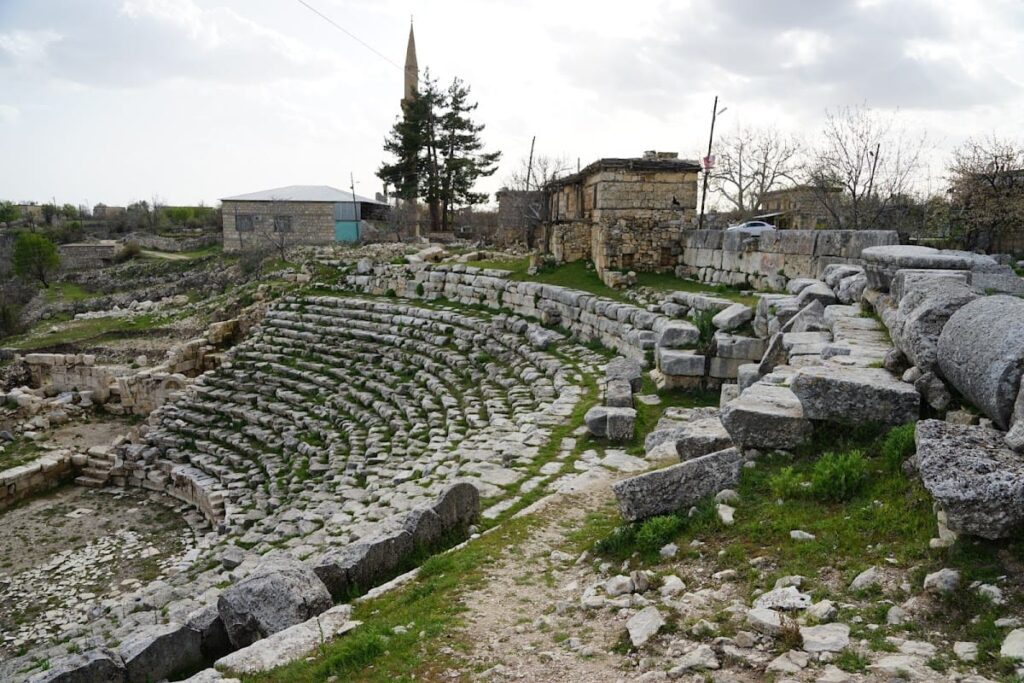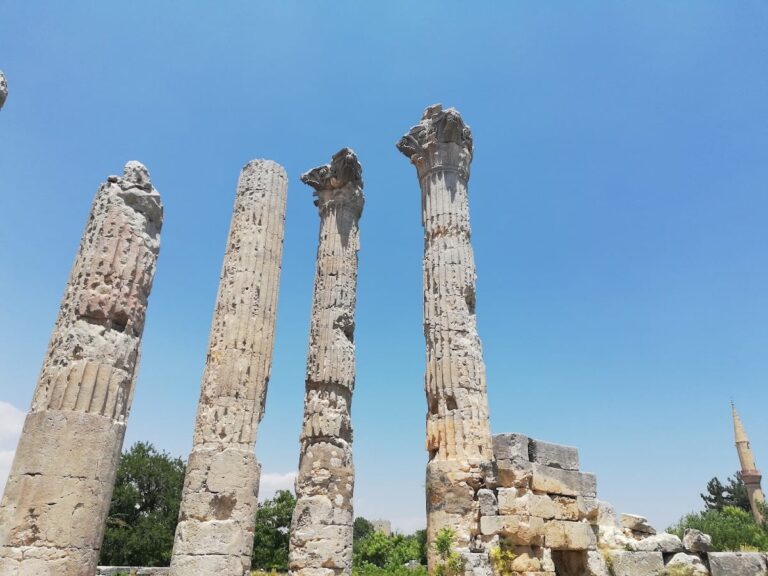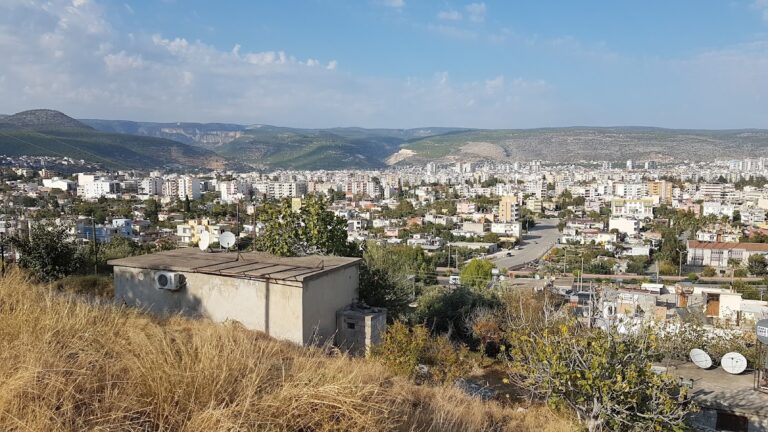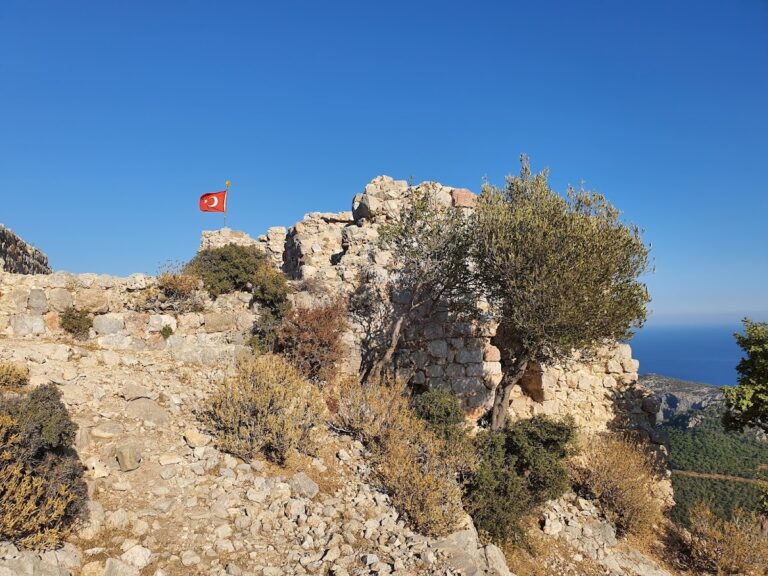Uzuncaburç: An Ancient City in Southern Turkey
Visitor Information
Google Rating: 4.6
Popularity: Medium
Google Maps: View on Google Maps
Official Website: www.silifkemuzesi.gov.tr
Country: Turkey
Civilization: Byzantine, Greek, Roman
Remains: City
History
Uzuncaburç, located in Silifke district of Mersin Province in southern Turkey, was originally known as Diokaisareia during the Hellenistic period. It was part of the Seleucid Empire and functioned as a sacred site within Olba. The main settlement of this temple state was situated about four kilometers east at a place called Ura. Diokaisareia held religious importance in this region under Seleucid control.
In 72 AD, the Roman Emperor Vespasian separated Diokaisareia from Olba, granting it city status. This elevation included the right to mint its own coins, marking its administrative and economic independence within the Roman provincial system. The city thus gained a distinct identity under Roman rule.
With the spread of Christianity, many of the Hellenistic temples in Diokaisareia were converted into churches. The city became a bishopric center, reflecting its religious transformation and continued significance during the Christian era. This phase shows the adaptation of earlier pagan structures for Christian worship.
Following the Arab conquest of the Cilicia region, the city declined and was eventually abandoned.
During the Ottoman period, a Turkmen settlement was established east of the ancient ruins. This new village took the name Uzuncaburç, meaning “tall bastion,” inspired by the prominent Hellenistic tower that remains a notable feature of the site today.
Remains
The archaeological site of Uzuncaburç is enclosed by city walls that have mostly vanished. Within this area, several monumental structures survive.
On the eastern side stands the Ceremonial Gate, where six columns remain. Each column measures about one meter in radius and seven meters in height. These columns feature consoles that once supported small statues, indicating the gate’s decorative and ceremonial function.
The Main Gate is located on the northwest side of the city. It consists of a large central gate flanked by two smaller gates on each side, forming a complex entrance system that controlled access to the city.
At the center of the site lies the Temple of Zeus, a peripteral temple characterized by a surrounding colonnade. Thirty-six columns of this temple still stand. Historical evidence suggests it was commissioned by Seleucus I Nicator, the founder of the Seleucid Empire, who ruled from 305 to 281 BC.
At the western end of the city is the Temple of Tyche, dedicated to the goddess of fortune. This temple features an architrave supported by five columns, each six meters tall. An inscription credits its construction to two individuals named Oppius and Kyria.
Outside the city walls, several important structures are found. To the east is a Roman theatre built during the reigns of Emperors Marcus Aurelius and Lucius Verus in the second century AD.
Near the northeast corner of the ancient city stands the Hellenistic Tower, measuring 16 by 13 meters at its base and rising to 23 meters in height. It was commissioned by Teukros, son of Tarkyaris, and may have functioned as a refuge during times of conflict.
Southeast of the city walls is a mausoleum with a base measuring 5.5 by 5.5 meters and a height of 15 meters. This funerary monument marks the burial practices of the period.
To the north of the site, in the valley, lies a necropolis, the ancient cemetery area associated with the city’s inhabitants.

